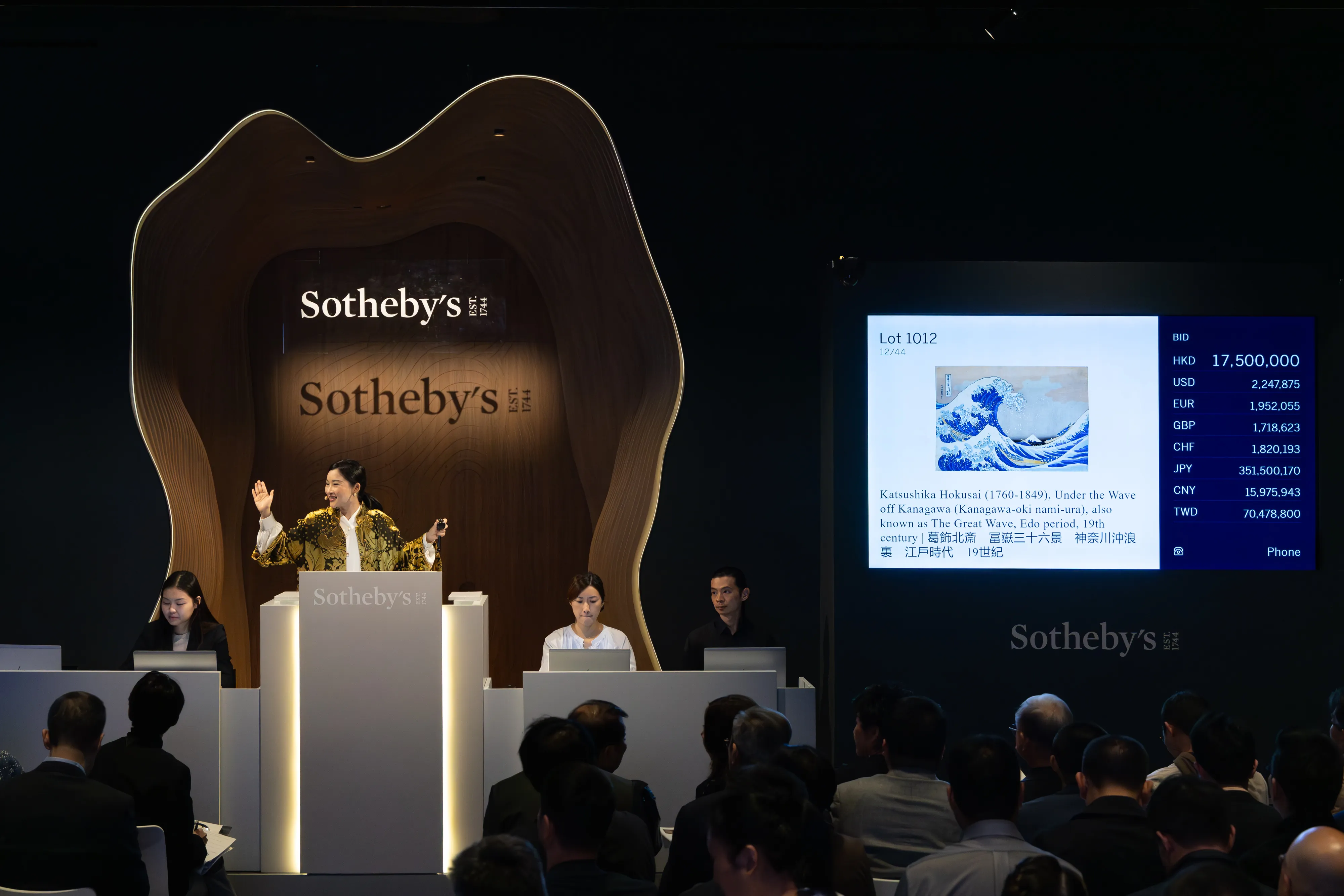After 5 years working for a well-known men’s fashion magazine as an in-house photographer, Shen Siyuan turned his back on the world of commercial photography to concentrate full time as an independent photographer. Ever since, he’s been crafting a world that creatively explores his unique perspective on life — in particular, the concept of freedom and beauty.
His latest body of work, Wild & Girls, is a collection of 122 photographs which explore the themes of the wilderness and the female body and the complex relationship between the two. Throughout the book, Beijing-based Shen’s greatest technique on display might be his propensity for fashioning and highlighting imperfections in his subject matter, which then creates a somewhat paradoxical relationship between the mainstream notions of beauty and authenticity.
RADII caught up with Shen Siyuan to talk further about his work, the concept of beauty, nihilism and artistic influences.

RADII: Let’s start with your most recent body of work, Wild & Girls. How would you describe it to someone who has no idea about it? What were the main themes set out to explore?
Shen Siyuan: Wild & Girls is a book I released in 2016. As the name suggests, the book is half about nature and half about girls. Interspersed throughout the book are poems written by both my friends and I. I chose this subject because I am both fond of nature and the female body. I feel that placing the female body amongst wilderness creates a fierce sense of imbalance. By expressing and exploring my deepest feelings, photography helps me to seek out and finds others.
At that time I really enjoyed this form of expressing [my feelings]. If it was now, I wouldn’t choose to explore this subject.



Your pictures not only accentuate elements of beauty but at the same time also highlight the frailties and imperfections in your subjects. For example many of your shots include wilted plants, dead fish and broken manikins. What is it that draws you to this and what do find beautiful in these imperfections?
Just like the author of The Philosophical Disenfranchisement of Art (Arthur) Danto said:
If there is art, it should not be beautiful, because such a world does not deserve beauty. Art truth must be correspond to the crudeness and primitiveness of life. Art, minus the stigma of beauty, is the way the world is going. So to speak, the beautifier is the collaborator. Something can be art even though it is not beautiful. So, beautiful is not beauty, and cannot be part of the essence of art.
I like his words.
The sense of freedom is a theme that runs throughout your entire body of work. What is freedom to you? How is this freedom manifested in Wild & Girls?
In terms of my creative work, freedom is the ability to fully control your body to completely express what you want. Part of the freedom that Wild & Girls expresses is a sense of destruction and dissonance towards the Chinese photography rules and conventions.


You came from the world of fashion photography having worked for 5 years at 男人装 magazine (the Chinese version of FHM). Fashion photography is typically known to use the female body in an objectified manner to fit a mainstream convention of beauty. However a strong theme from your work shows a divorce from this by showing the nude female body empowered in its rawest form, stripped back from these sexual objectifications. Firstly, what made you make the transition from fashion photography to going independent? What are some of the biggest attitude shifts this transition has given you?
I don’t accept the label of fashion photographer. Especially because it (the decision to shoot fashion photography) was in relation to my poor standard of living (at the time). Even though I don’t look down on it, I don’t like China’s so called “fashion photography” because I think that it’s merely a link in the chain of the luxury industry utilized as method of selling. My later style of photography isn’t a deliberate rejection of fashion photography but rather emerged through the natural development of my own personal appreciation of what beauty is.
What then is beauty, in your eyes?
I think that differs depending on each different stage [of life]. So it may be that beauty is a constantly changing visual preference.


Your work is very open and explores narratives that are often seen as taboo subjects in China such as freedom of expression, sexuality and nudity. Do you think that China’s attitudes to these taboo subjects are changing with the new generation?
I don’t want to seem as though I’m talking from a higher level, but I truly feel that China is changing. I want to create things for people that I think are good. No matter if [the audience] is inside or outside of China or if they are foreigners or not.


You’ve said previously that you are drawn to nature in your artwork, what is the allure of nature to you and why did you combine it with the concept of femininity?
Nature can’t communicate. Women can. I took people, able of communication, and placed them in front of that which is unable to communicate, nature. This was my way of communicating with this theme. I know that this answer may appear a little slick. To be honest, this style of shooting comes from my intuition. After a chain of random events I ended up putting together this book.
Li Weidan in the introduction to Girls & Wild states that “the seeing [eye] of a photographer is actually a burden”. How do you interpret this burden of observation?
Li Weidan is a friend of mine. I think what he’s saying is that my shots aren’t good enough. That [he] hopes that my photography and my way of observing the world can challenge each other.
Which one picture of yours resonates strongest with you and why?
A [shot of a] girl drinking beer. I like watching girls drinking. No reason why… at least not for some erotic or sexual reason.

Who would you say are some of the biggest influences on your work?
I like going to art exhibitions, but talking of what influences me, I feel it’s all very imperceptible. Recently I really like Joseph Beuys’ and Jim Jarmusch’s work.
Talking of inspirations, you’ve stated in previous interviews that you consider yourself a Nihilist. How has identifying with Nihilism been an influence in your photography?
I feel that life is meaningless. That’s not a perspective but a diametrically opposed idea. The way that nihilism manifests itself in my work is the indistinct nature of [my] creative intentions and [my] “always searching for something” photographic style.
These aren’t my clear and definite feelings [on this subject], but rather a provisional response to this question.



As you grow as a photographer, are you seeing your style and interests change?
Yes. Last year I was into the wilderness and the female body, but this year I’m taking more abstract pictures.
You recently began including your own poetry alongside your photographs. Is your poetry driven by the same influences as your photography or do you see them as two separate artistic pursuits?
They are separate forms of expression. But I feel that poems and photography have a natural affinity with one another. Bringing both together is like adding mint to alcohol, the flavor becomes continuous.

Can you recommend our readers any up and coming Chinese photographers or artists to watch out for?
I recommend Inshiy. I think someday in the future you will hear her name.
And finally, how can our readers find out more about you? Are there any stores online that sell your book internationally?
You can find my work on my website: siyun.tuchong.com; my email is whoosee@qq.com. International websites are unable to buy my books. It’s disheartening.
All images courtesy Shen Siyuan.
















